President’s message: Transparency in the race to net zero
Reliable Controls president Tom Zaban explores how we can help you foster transparency in the race to net zero.





According to the US Environmental Protection Agency (EPA), in 2020, the largest source of greenhouse gas (GHG) emissions from human activities in the US came from burning fossil fuels for electricity, heat, and transportation1; transportation accounted for 27 percent of the country’s GHG emissions, followed by electric power (25 percent), industry (24 percent), commercial and residential buildings (13 percent), and agriculture (11 percent).
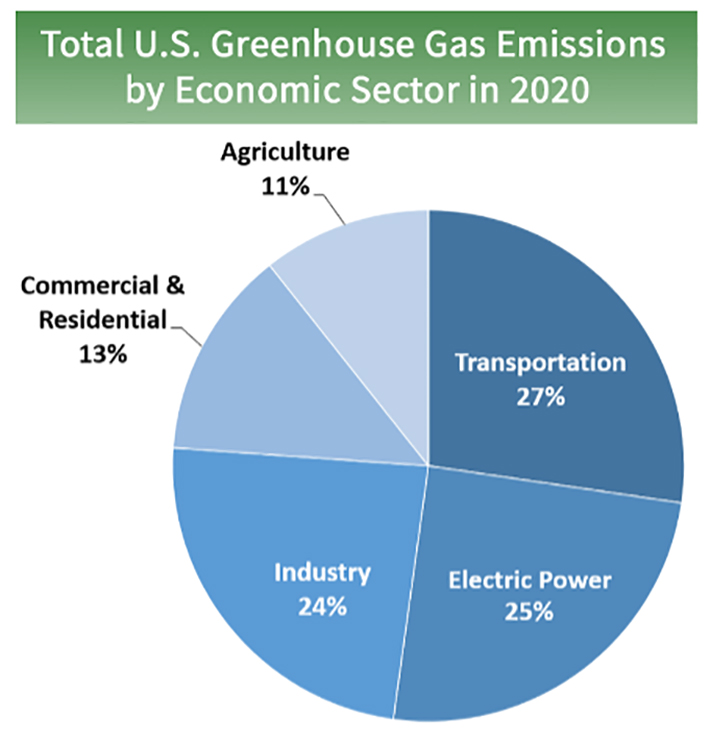 Source: EPA.
Source: EPA.
As building owners, designers, and operators, we typically focus on the direct emissions associated with the embodied carbon in a building’s design or generated during its construction and life cycle, doing our best to balance occupant comfort and overall facility performance. Since transportation is often a top contributor of anthropomorphic GHG emissions, however, it’s a good idea to think about how to mitigate the indirect emissions from people who travel to and from our facilities to work.
Despite the current trend of hybrid work for employees around the globe, commuting to the office has been and will likely continue to be a significant source of global GHG emissions indirectly related to sustainable buildings.
To mitigate GHG emissions from transportation, alternative methods that don’t consume an at-work parking space are ideal. But since we can’t yet move people around using Star Trek–like transporters, our dependency on automobiles will be with us for some time to come. That means alternative fuel or zero-emission vehicles are options sustainable building owners and operators should promote as the need to drive to work persists. Although they require parking spaces at the office, the desire for zero-emission vehicles is resulting in a growing number of battery- and hydrogen-powered cars in office parking lots and nearby parkades. According to a recent International Energy Agency (IEA) report, worldwide, year-over-year sales of electric vehicles (EVs) doubled in 2021, accounting for approximately 10 percent of global car sales. And first-quarter sales of EVs in 2022 outstripped 2021 sales by 75 percent over the same period.2 Although only a few car manufacturers in the world sell hydrogen-powered cars to the public, Japan, South Korea, and Germany are leading the way with hydrogen-fueling stations for road vehicles.3 Over the next five decades, the IEA forecasts the transportation sector will be the greatest consumer of hydrogen.4
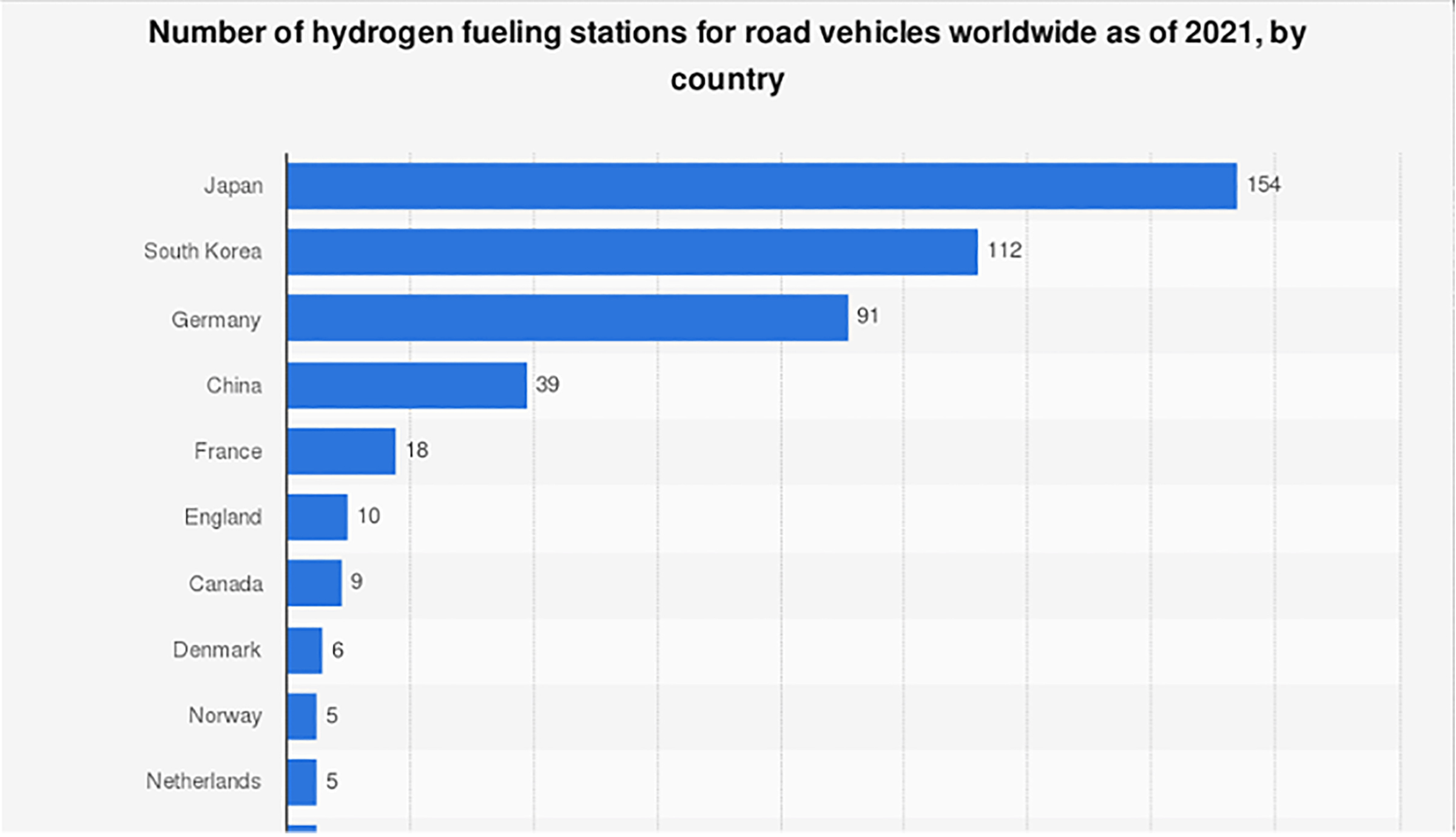
Source: statista.com.
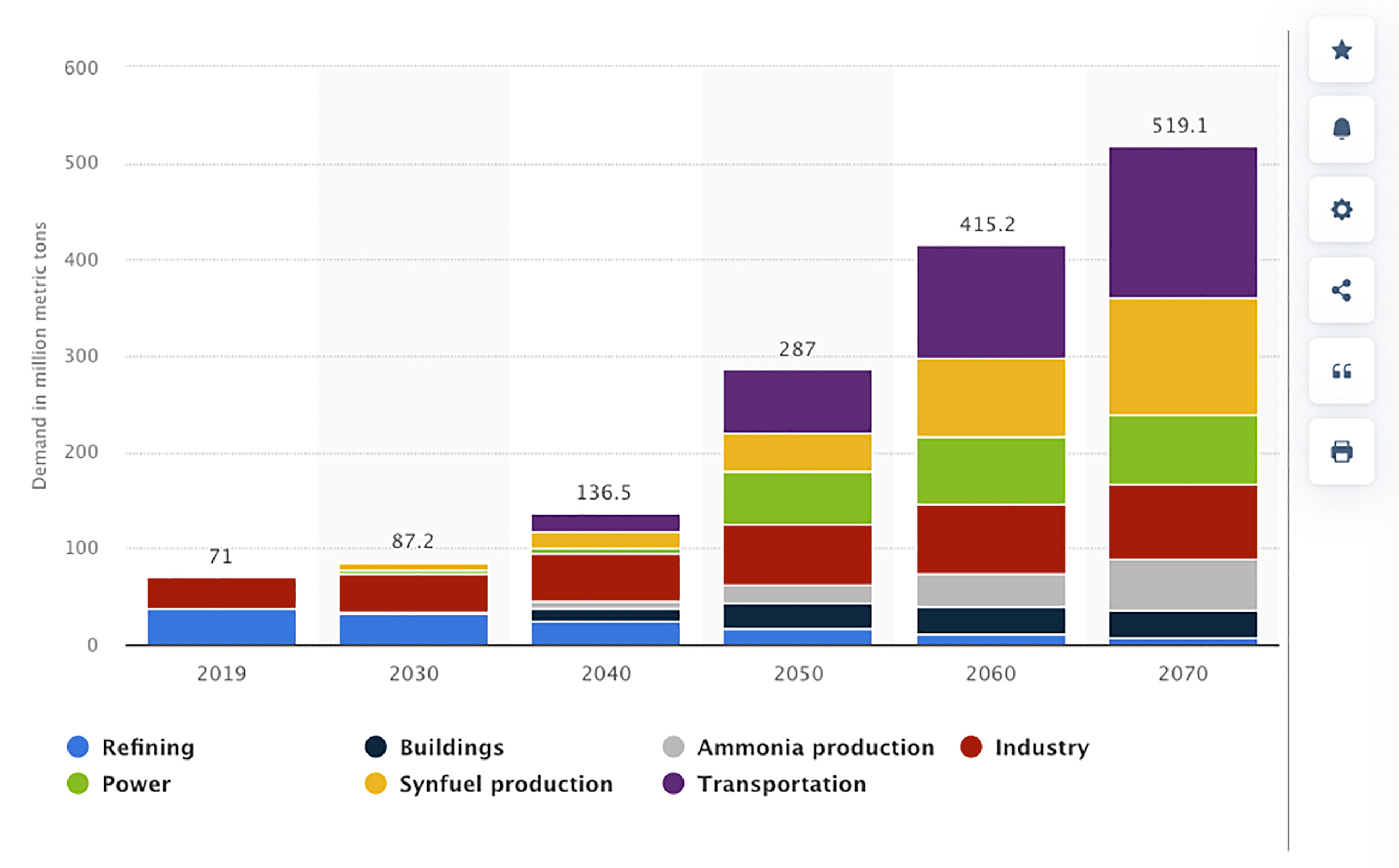
Source: statista.com.
Incentivizing employees to choose alternative transportation can be an effective means for owners and operators of sustainable buildings to help mitigate the indirect GHG emissions from transportation. At Reliable Controls we provide a cash incentive to staff for each trip to and from our offices via alternative transportation. The incentive applies to staff who walk or bike to work, take the bus, get dropped off, carpool, rideshare, or drive EVs. We publish our alternative transportation track record on our website.
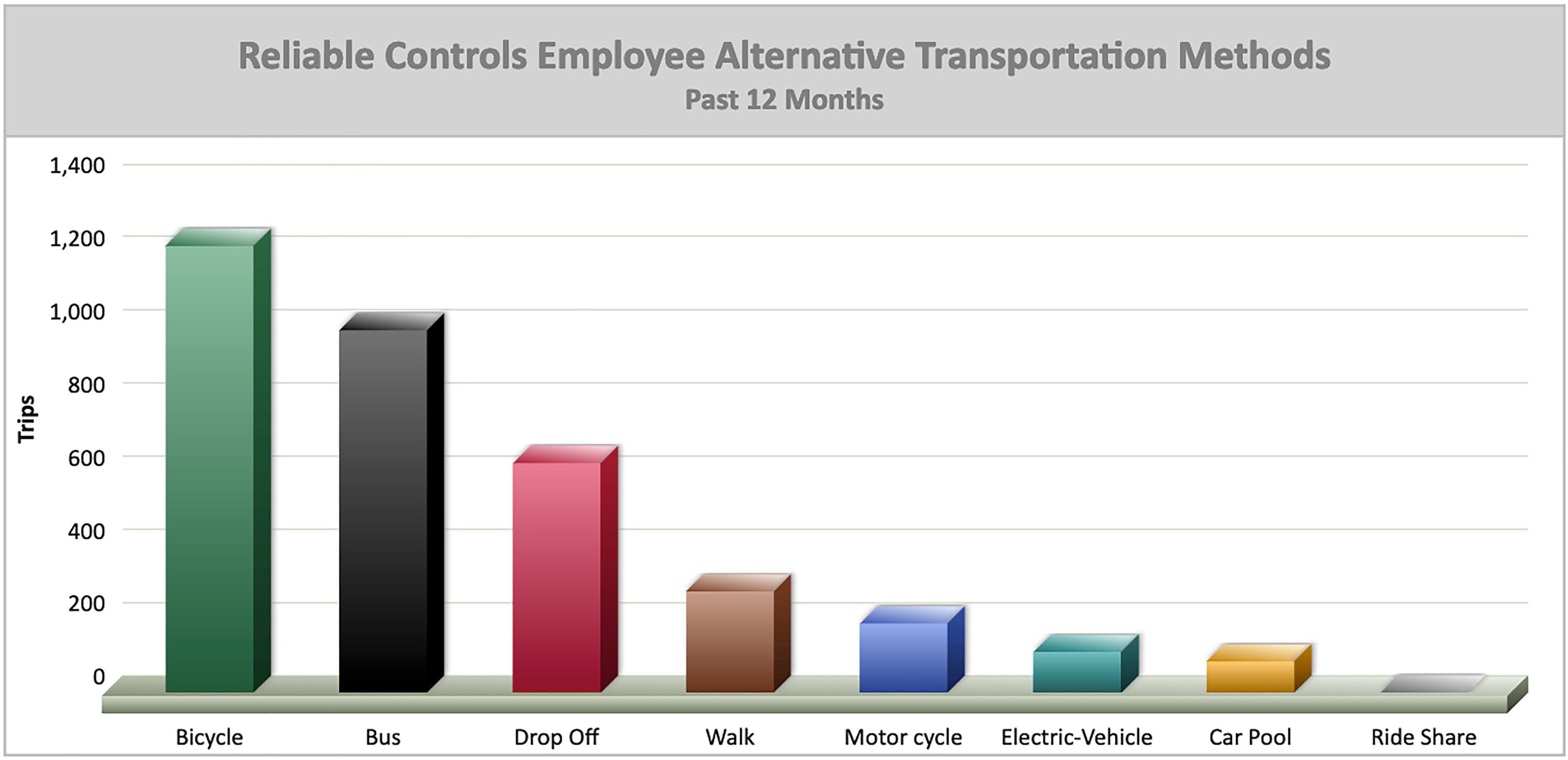
Source: Reliable Controls
Although it is of paramount importance for people who own or operate sustainable buildings to do the best they can to mitigate direct GHG emissions, by encouraging or incentivizing employees to use alternative transportation to get to work, we can also effectively combat indirect GHG emissions. And if a vehicle must be parked at or near the office, promoting the use of EVs or hydrogen-fueled vehicles is a strategy that aligns well with our continuing pursuit of the ART of Building Sustainability.
1. https://www.epa.gov/ghgemissions/sources-greenhouse-gas-emissions#:~:text=The%20largest%20source%20of%20greenhouse,electricity%2C%20heat%2C%20and%20transportation
2. https://www.iea.org/reports/global-ev-outlook-2022/executive-summary
3. https://www.statista.com/statistics/1026719/number-of-hydrogen-fuel-stations-by-country
4. https://www.statista.com/statistics/760001/global-hydrogen-demand-by-sector-sustainable-scenario

Reliable Controls president Tom Zaban explores how we can help you foster transparency in the race to net zero.
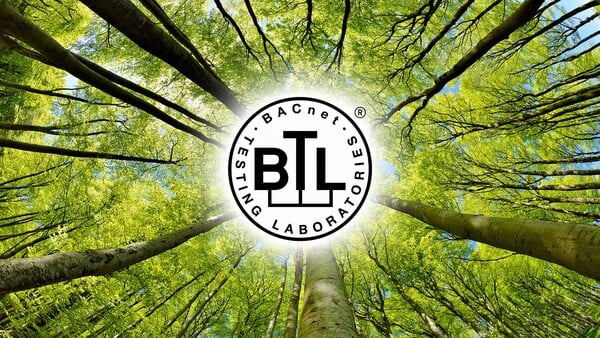
Reliable Controls president Tom Zaban reflects on 30 years of the BACnet protocol.

Celebrating nearly 25 years of RC-Studio, the backbone of our suite of building automation tools.

Learn how Reliable Controls promotes a circular economy, starting with design choices.
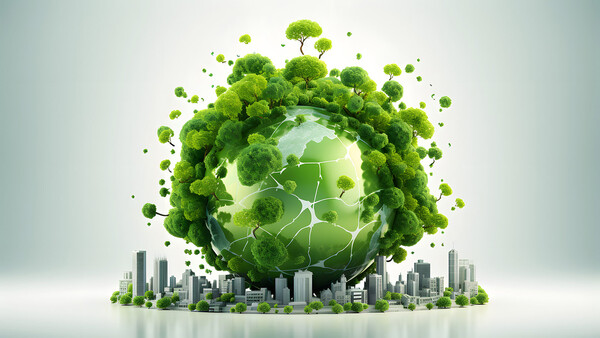
Learn about encouraging outcomes of the UN Climate Change Conference and how building automation plays a critical role in achieving global decarbonization goals.

What does a Zamboni have in common with an arena's ventilation system?

When every second matters, players should be set up for success. The building automation system can do just that.
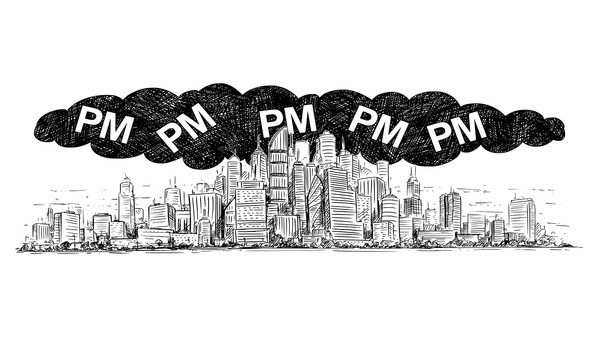
Discover particulate matter. Why does it matter, and how can you measure it?